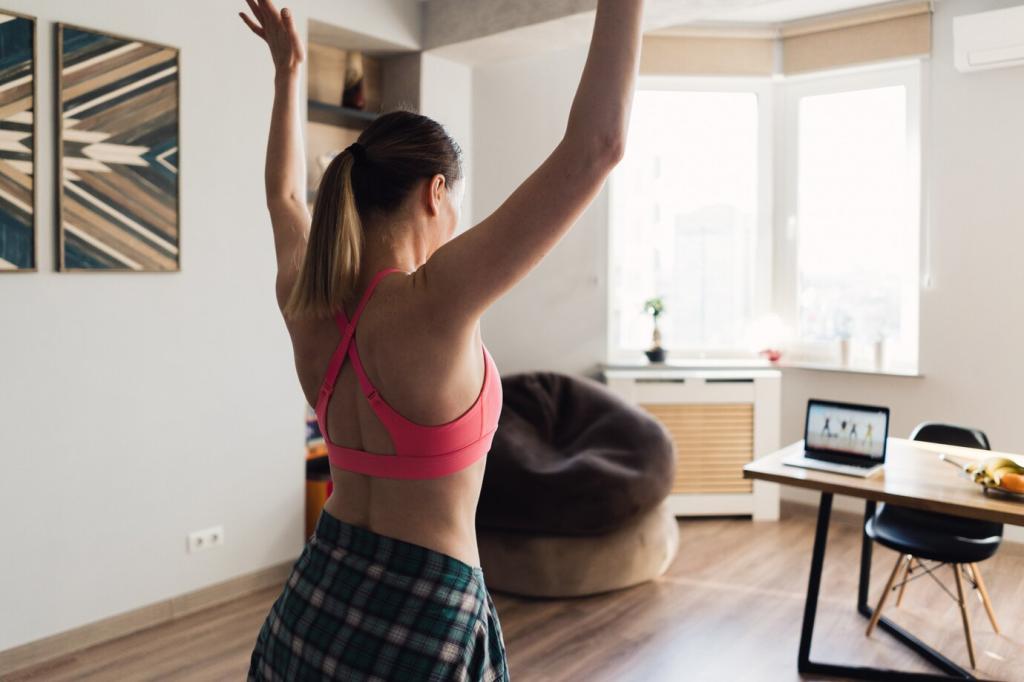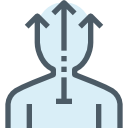Stand Strong: Elevate Your Day with Standing Desks and Enhanced Workplace Ergonomics
Today’s chosen theme: Standing Desks and Enhanced Workplace Ergonomics. Discover how smarter posture, gentle movement, and thoughtful tools can turn long workdays into healthier, more focused, and more energized experiences. Read on, share your story, and subscribe for weekly ergonomic inspiration.
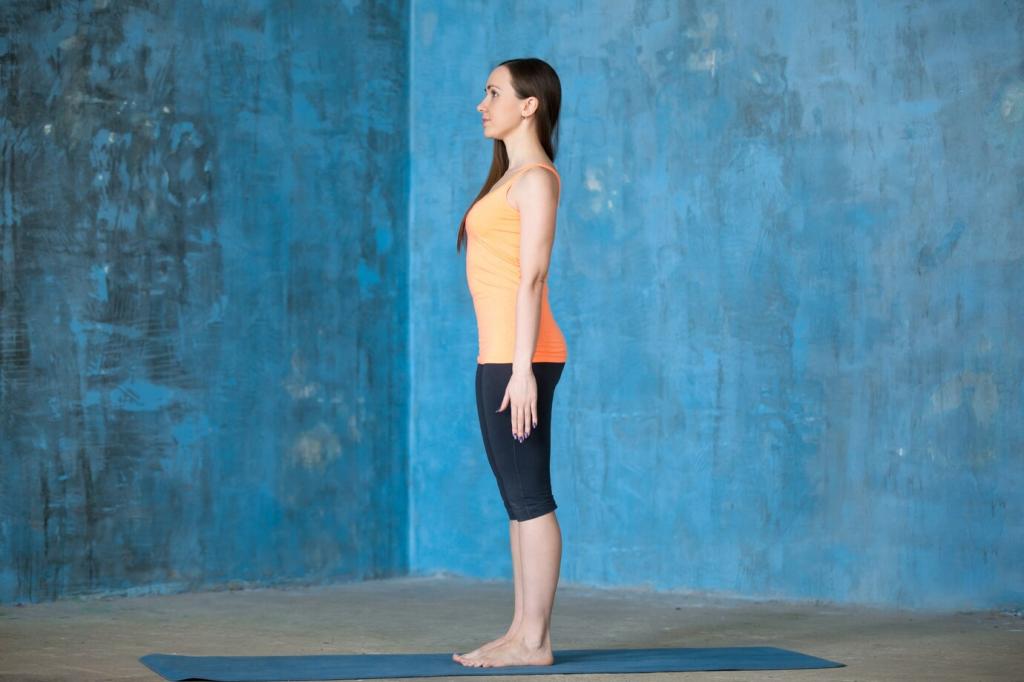
Why Standing Desks Matter for Modern Work
I once met a product manager who dreaded late afternoons because of shoulder tightness. After switching to a standing desk and alternating every 45 minutes, she noticed steadier energy, fewer aches, and a calmer mind by Friday. She became the team’s ergonomic champion.

Neutral Joints, Natural View
Set desk height so elbows rest near ninety degrees with relaxed shoulders and neutral wrists. Position your monitor so the top is at or slightly below eye level, and keep it at a comfortable viewing distance to reduce neck craning and eye strain.
Posture Variety Beats Perfect Posture
Even the best posture gets tired. Shift positions every 30–60 minutes. Alternate standing and sitting, rest a foot on a small stool to ease your lower back, and remember: frequent, small adjustments are more sustainable than chasing one ideal pose.
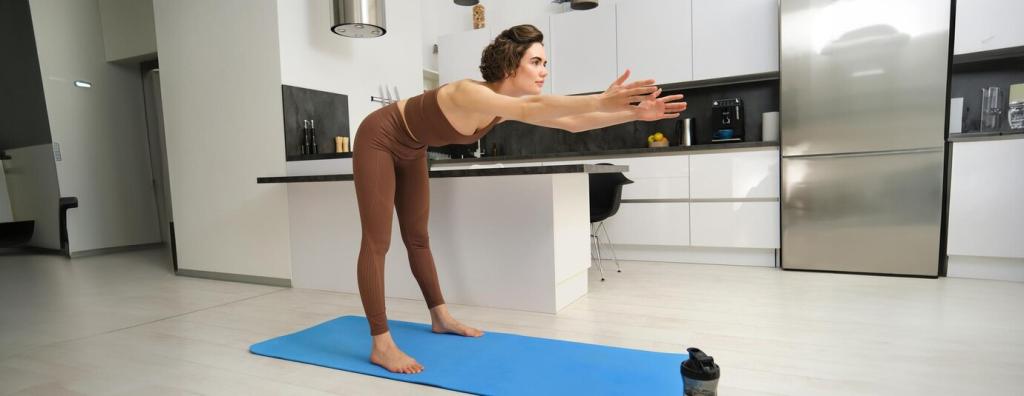
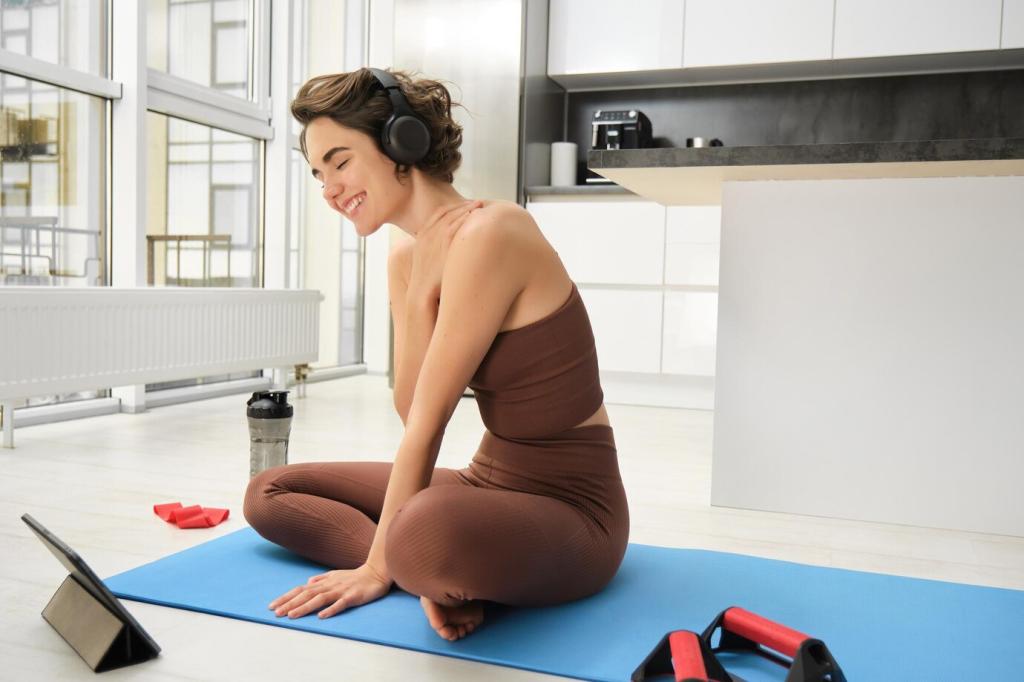
Movement Rituals You Can Keep
Once each hour, pause for three minutes: ankle rocks, gentle hamstring stretch, shoulder blade squeezes, and slow neck turns. This tiny ritual resets your posture, wakes up circulation, and fits naturally between meetings without requiring special space or equipment.
Movement Rituals You Can Keep
Use subtle cues like calendar nudges or a timer to scan your posture. Relax your jaw, drop your shoulders, soften knees, and lengthen through the crown of your head. A few deep breaths help anchor the habit and calm the nervous system.
Footwear, Mats, and Flooring Essentials
Mats That Actually Help
Choose an anti-fatigue mat with gentle rebound and beveled edges to reduce trips. A textured surface invites micro-movements that keep legs relaxed. Rotate positions on the mat to change pressure points and keep ankles, knees, and hips feeling supported.
Shoes and Barefoot Balance
Supportive shoes or minimalist options both can work, depending on your body. Prioritize comfort, stability, and gradual adaptation. If you try socks or barefoot, limit duration at first and include soft mat surfaces to avoid strain while you adjust.
Floor Setup for Flow
Clear clutter around your feet so you can shift weight naturally. A small footrest encourages stance changes. Keep a water bottle and headset nearby to prevent awkward reaches that strain shoulders and break the comfortable rhythm of your workflow.
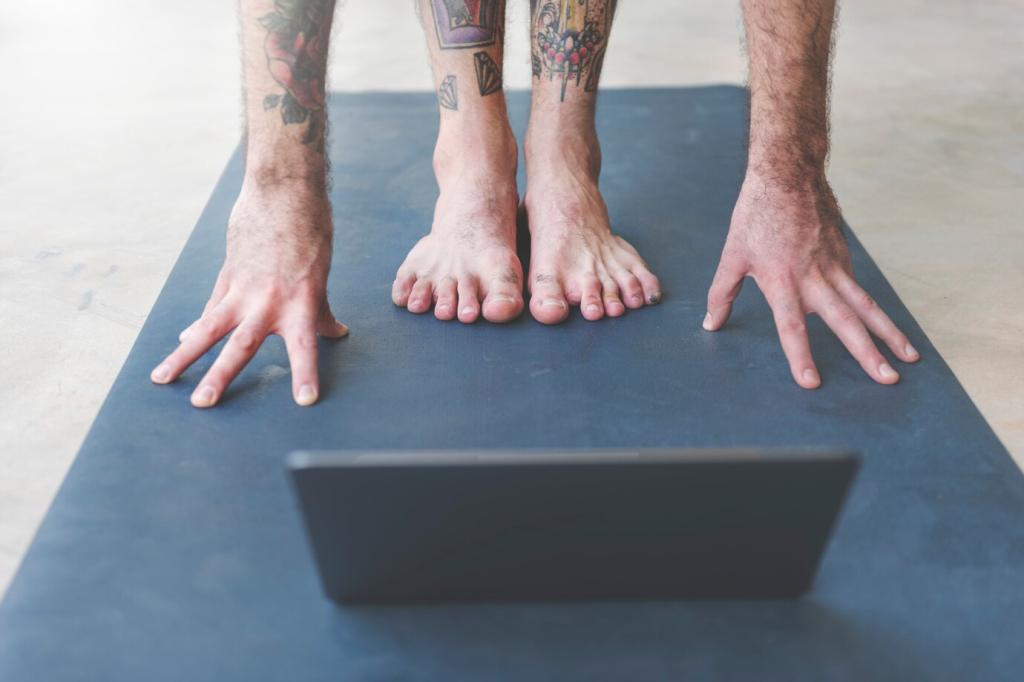
Accessories That Elevate Ergonomics
A quality monitor arm frees desk space and simplifies height and depth adjustments. Align your screen directly with your gaze, reduce neck rotation for long reading sessions, and tilt gently to minimize glare without sacrificing clarity or color accuracy.
Accessories That Elevate Ergonomics
Split keyboards, vertical mice, and soft wrist rests can reduce strain by keeping wrists neutral and shoulders relaxed. Experiment slowly, note what feels natural, and give yourself time to adapt before deciding whether a new device truly helps.
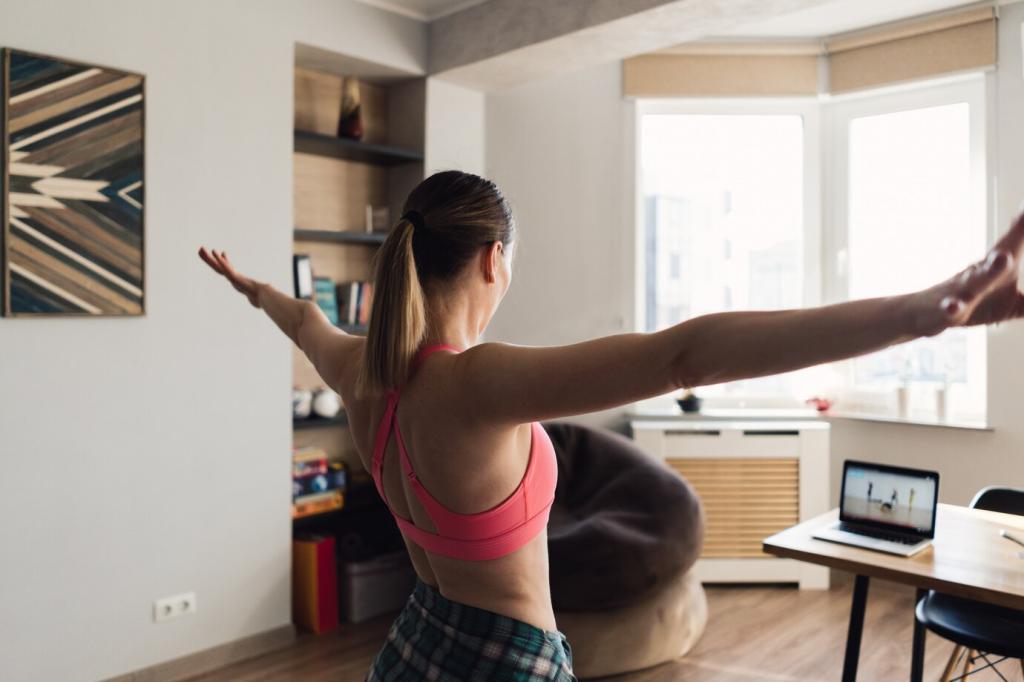
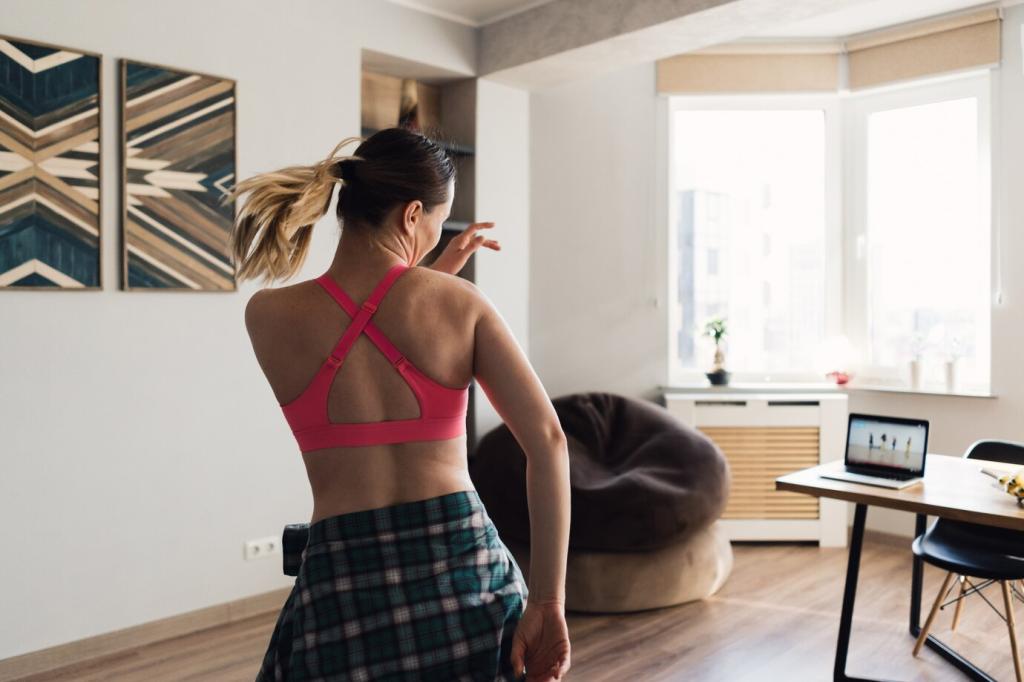
Culture and Etiquette of Standing at Work
01
Let teammates know when you tend to stand, especially during shared work sessions. Muting desk motors during calls and positioning lights thoughtfully prevents distractions. Clear communication builds trust and keeps the ergonomic shift collaborative, not disruptive.
02
When presenting while standing, adjust camera height so your eyes meet the lens and your shoulders remain relaxed. Use a wireless headset to avoid hunching. These small tweaks signal presence and professionalism without sacrificing comfort or mobility.
03
Offer seated and standing options during meetings, and keep circulation paths open around adjustable desks. Consider captioning and quiet zones. Inclusive ergonomics respect different bodies, ensuring comfort and productivity are shared benefits rather than personal luxuries.
Measuring Impact and Staying Motivated
For seven days, note energy levels, focus, and any tension in neck, shoulders, or lower back. Pair observations with stand–sit intervals. This baseline reveals patterns so you can adjust heights, breaks, and footwear with confidence and clarity.
